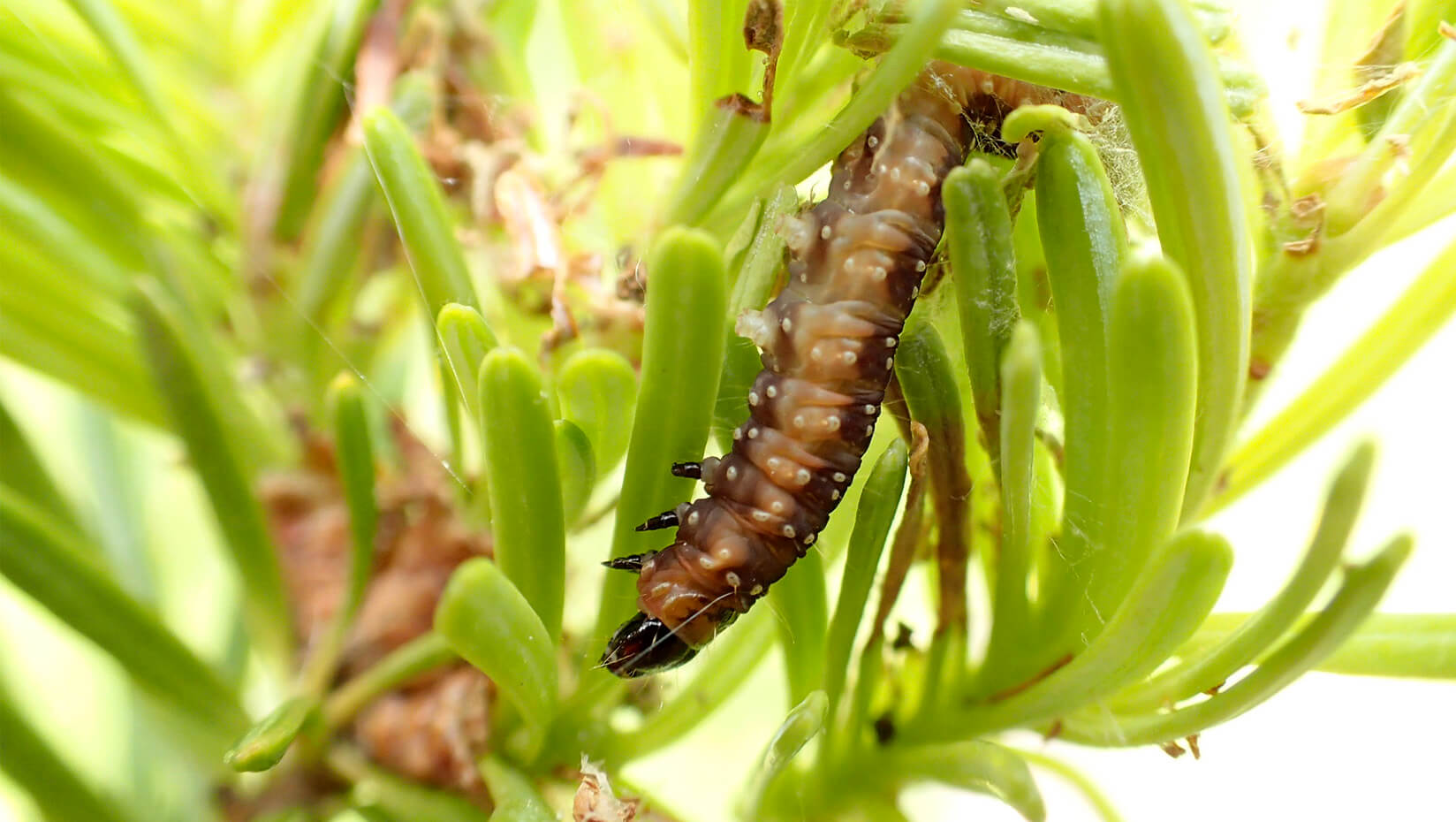
Maine Spruce Budworm Task Force to release risk assessment, response plan
In advance of the next predicted eastern spruce budworm outbreak, officials with the University of Maine, Maine Forest Service and Maine Forest Products Council have published a risk assessment and disaster preparedness plan to keep forest landowners, government officials and the general public informed.
The report includes an assessment of the last outbreak and how to prepare for the coming flare-up using research and information from experts and landowners.
Gov. Paul LePage and members of the Maine Spruce Budworm Task Force will unveil “Coming Spruce Budworm Outbreak: Initial Risk Assessment and Preparation & Response Recommendations for Maine’s Forestry Community” in the Cabinet Room of the State House in Augusta at 9 a.m. Wednesday, March 16.
“Maine assembled an impressive team of experts in advance of this spruce budworm outbreak to learn from the last outbreak and take steps to help minimize damage from this one,” LePage said. “I commend members of the Maine Spruce Budworm Task Force for their time, expertise and recommendations on how to address the infestation. The last spruce budworm infestation cost Maine’s forest-based economy hundreds of millions of dollars and had a devastating effect on the forest products industry in Maine.”
The eastern spruce budworm is believed to be the most damaging forest insect in Maine and North America. Outbreaks of the insect that kills balsam fir and spruce trees occur every 30 to 60 years. Severe defoliation already has occurred in an area the size of Maine in southern Quebec. An update will be provided during the event on the insect’s progress toward Maine.
During the last outbreak, which lasted from 1970 through 1985, the insect decimated up to 25 million cords of spruce-fir wood — 21 percent of all fir trees in the state, according to the Maine Forest Products Council. The infestation cost the state’s forest-based economy hundreds of millions of dollars and had lasting effects on Maine forest management.
The Maine Spruce Budworm Task Force formed in 2013 to determine the economic and ecological effects another outbreak might have on the state and a strategy to minimize those effects. Leading the task force were Robert Wagner, the Henry W. Saunders Distinguished Professor in Forestry and director of the Cooperative Forestry Research Unit (CFRU) at UMaine; Patrick Strauch, executive director of the Maine Forest Products Council; and Doug Denico, director of the Maine Forest Service.
Task force teams included about 65 experts who focused on wood supply and economic impacts; monitoring and protection; forest management; policy, regulatory and funding; wildlife habitat; communications and outreach; and research priorities.
A draft of the report was released for public review in November 2014. Task force team leaders presented the report to municipalities, environmental groups, the legislature, logging contractors and economic development consortiums. The report includes about 70 recommendations, several of which have already been implemented.
The report’s recommendations on preparing for the outbreak include increasing monitoring efforts, applying insecticides where needed, changing forest management strategies such as harvesting, and seeking markets for presalvage trees that likely would be lost.
The final version of “Coming Spruce Budworm Outbreak: Initial Risk Assessment and Preparation & Response Recommendations for Maine’s Forestry Community” will be available online following the March 16 event. More information about the Maine Spruce Budworm Task Force is on the group’s website.
Read more about the university’s role in preparing the report in the latest issue of UMaine Today.
Contact: Elyse Kahl, 207.581.3747
